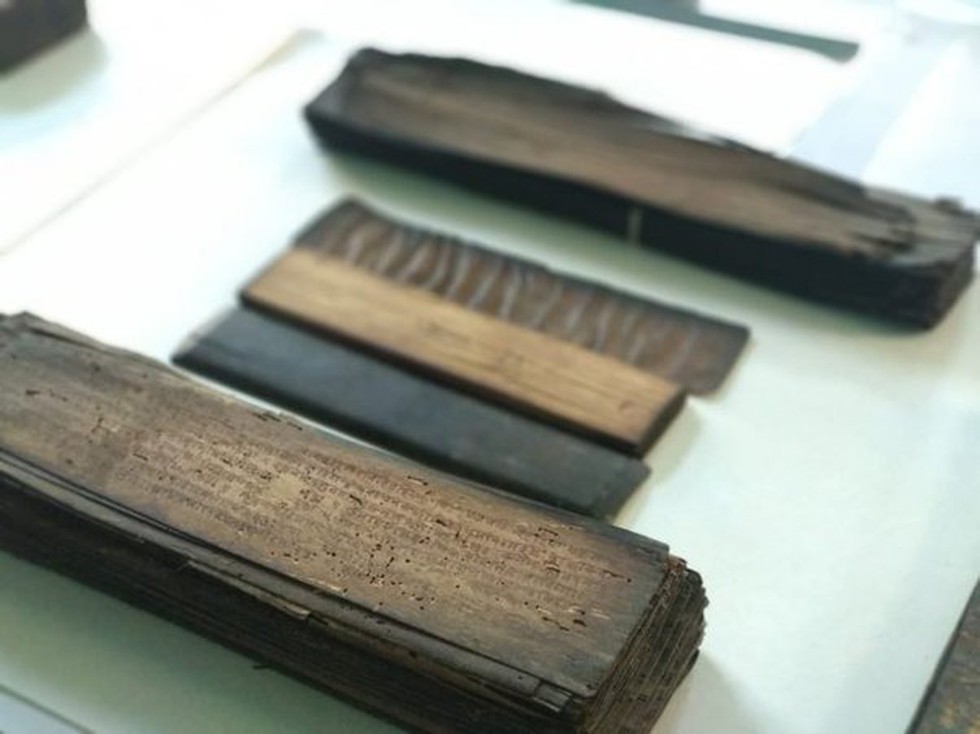Why in News:
- Presently, NMM is a part of the Indira Gandhi National Centre for Arts.
- The new body, likely to be named the National Manuscripts Authority, will be an autonomous entity under the Ministry of Tourism and Culture.
About National Mission for Manuscripts (NMM):
- It was established in February 2003, by the Ministry of Tourism and Culture, Government of India.
- Mandate: Documenting, conserving and disseminating the knowledge preserved in the manuscripts.
- Motto: ‘Conserving the past for the future’
- A unique project in its programme and mandate, the NMM seeks to unearth and preserve the vast manuscript wealth of India.
- India possesses an estimate of ten million manuscripts, probably the largest collection in the world.
- These cover a variety of themes, textures, and aesthetics, scripts, languages, calligraphies, illuminations, and illustrations.
- While 75% of the existing manuscripts are in Sanskrit,25% are in regional languages, according to the NMM.
- Objectives:
- Locate manuscripts through a national-level survey and post-survey.
- Document each and every manuscript and manuscript repository, for a National Electronic Database that currently contains information on four million manuscripts making this the largest database on Indian manuscripts in the world.
- Conserve manuscripts incorporating both modern and indigenous methods of conservation and training a new generation of manuscript conservators.
- To train the next generation of scholars in various aspects of Manuscript Studies like languages, scripts and critical editing and cataloguing of texts and conservation of manuscripts.
- To promote access to manuscripts by digitizing the rarest and most endangered manuscripts.
- To promote access to manuscripts through the publication of critical editions of unpublished manuscripts and catalogues.
- To facilitate public's engagement with manuscripts through lectures, seminars, publications and other outreach programmes.
- To achieve this mandate, the mission has established more than 100 Manuscripts Resource Centres and Manuscripts Conservation Centres all over India.
What is a Manuscript?
- A manuscript is a handwritten composition on paper, bark, cloth, metal, palm leaf, or any other material dating back at least seventy-five years that has significant scientific, historical, or aesthetic value.
- Lithographs and printed volumes are not manuscripts.
- Manuscripts are found in hundreds of different languages and scripts.
- Often, one language is written in a number of different scripts. For example, Sanskrit is written in Oriya script, Grantha script, Devanagari script, and many other scripts.
- Manuscripts are distinct from historical records such as epigraphs on rocks, firmans, and revenue records, which provide direct information on events or processes in history.
- Manuscripts have knowledge content.
